What is a dye stealer pregnancy test? Discover the meaning behind a dye stealer pregnancy test and gain insights on what it signifies. Uncover essential information and guidance on what to know and do when encountering this unique result. Navigate your pregnancy journey with confidence and understanding with mucusplug.net!
What is a dye stealer pregnancy test?
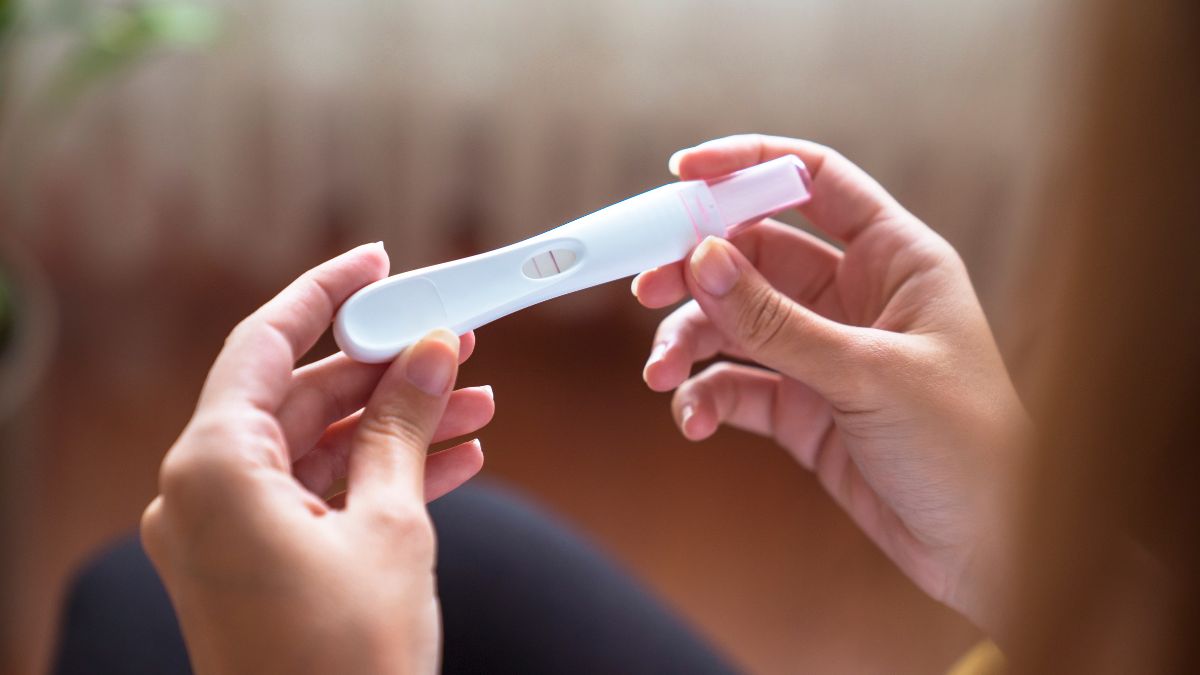
A dye stealer pregnancy test, also referred to as an immersed chromatographic pregnancy test, represents a distinctive type of home pregnancy testing mechanism. Unlike conventional tests that utilize chemicals susceptible to color change in the presence of the human chorionic gonadotropin (hCG) hormone, the dye stealer test relies on a colored dye itself.
In the structure of a dye stealer pregnancy test, both the test line and the control line are comprised of absorbent strips coated with a specialized colored dye. This dye, unlike the typical color-changing chemicals, possesses an inherent affinity for binding with the hCG hormone.
When a user urinates on the test strip, the urine traverses through the designated slot carrying both the dye and potential hCG. Should hCG be present, it binds with the dye in the test line. Consequently, the dye is essentially “stolen” by the hCG, resulting in a less vivid or faded appearance of the test line.
Negative results indicate an absence of hCG in the urine, leaving the dye’s color unaffected and intact. Conversely, a positive result signifies the presence of hCG, influencing the color of the test line due to the interaction between hCG and the dye stealer coloring.
While dye stealer pregnancy tests are less prevalent compared to the more commonly used dipstick tests employing color-changing chemicals, they offer increased accessibility. This is because they do not necessitate the extensive use of various chemicals, making them a viable and user-friendly option for individuals seeking an alternative pregnancy testing method.
>Related post: Meaning of invalid pregnancy test: Is it negative? What to do?
What is a dye stealer first response?
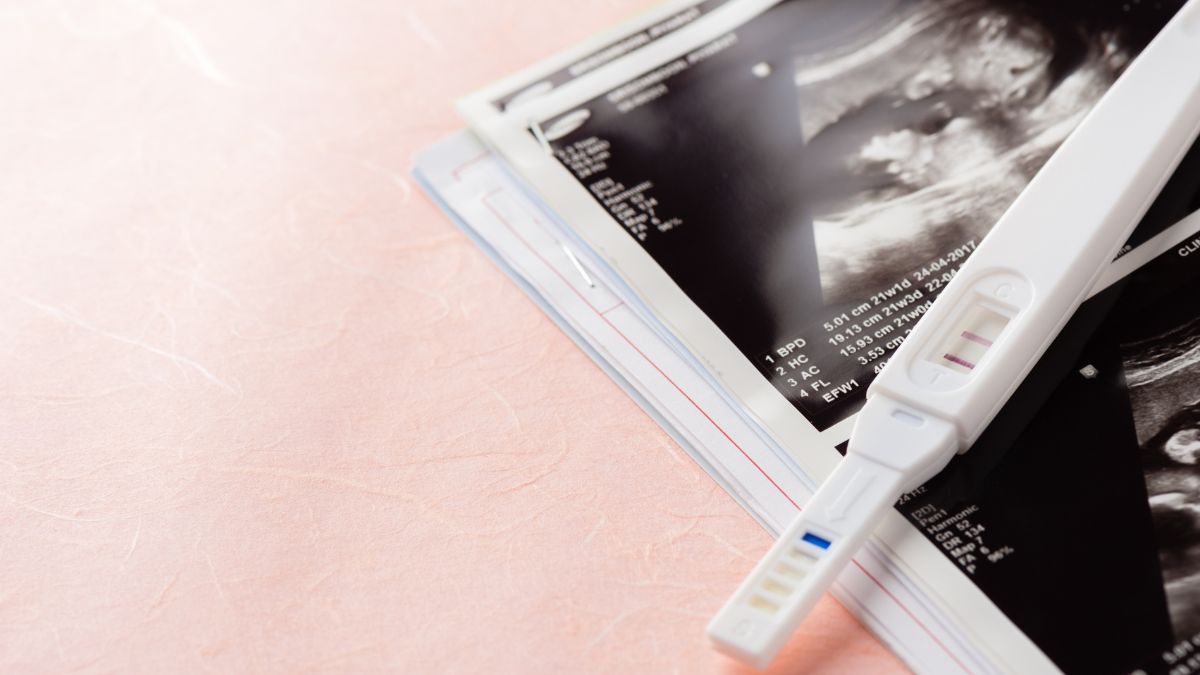
First Response stands out in the realm of pregnancy tests due to its exceptional sensitivity, surpassing that of other tests in its ability to detect even the faintest traces of human chorionic gonadotropin (hCG), the hormone indicative of pregnancy. This unique feature allows First Response to provide results much earlier in the course of pregnancy, offering a valuable advantage for those eager to confirm their status sooner.
When you discover that you have a First Response dye stealer, it signifies more than just a mere acknowledgment of pregnancy; it boldly announces the presence of elevated hCG levels in your body. This intensified signal serves as a robust and unequivocal message, affirming the exciting prospect of impending parenthood. The clarity of this communication can be both exhilarating and, perhaps, a touch anxiety-inducing.
While the dye stealer result is a significant milestone, obtaining the full context and receiving appropriate guidance is best achieved by consulting with a healthcare professional. These experts possess the knowledge and experience to interpret the intricacies of your unique situation, turning what can be an exhilarating yet nerve-wracking chapter of your life into an informed and reassuring journey. Seeking their advice ensures that you navigate this transformative period with the necessary support and expertise, fostering a healthy and confident start to your pregnancy.
What if C line is dark and T line is light?

Imagine peering at your pregnancy test and finding a scenario where the C line, representing the control line, is distinctively dark, while the T line, signifying the test line, appears noticeably lighter. This particular outcome might leave you in a state of uncertainty, akin to receiving a “maybe” rather than a definitive yes or no.
To unravel this mystery, it’s crucial to understand that the prominence of the dark C line is a positive indication that the test is functioning as intended—its primary purpose is being fulfilled. On the other hand, the real protagonist in this narrative is the T line, responsible for conveying information about pregnancy.
Encountering a light T line does not automatically imply a negative result; instead, it could be indicative of the early stages of pregnancy when human chorionic gonadotropin (hCG) levels are still in the process of increasing.
In the context of a First Response pregnancy test, a faint T line might even serve as an early indicator that implantation is on the horizon, rather than having already taken place. So, in essence, while the contrasting line intensities may initially perplex, the nuanced details reveal a wealth of information about the intricacies of the pregnancy testing process.
What can cause a faint T line?

Several factors can contribute to the appearance of a faint T line on a pregnancy test, warranting a closer look at the intricacies involved. One possible scenario is the early stage of pregnancy, where the concentration of human chorionic gonadotropin (hCG) might not be robust enough to yield a pronounced T line. Test sensitivity can also play a role, as varying levels of sensitivity across different tests may result in a faint line when detecting lower hCG levels.
Another consideration is the potential for an evaporation line. This occurs when the urine on the test strip evaporates over time, leaving a faint mark that can be mistaken for a positive result. This phenomenon is more likely to happen if there is a significant delay between taking the test and checking the results.
Additionally, the expiration of pregnancy tests is a crucial factor. Using an expired test may lead to inaccurate results, including faint T lines. Ensuring the freshness of the test is essential for reliable outcomes.
If faced with a faint T line, it is advisable to exercise patience and wait a few days before retesting. The body may need more time to accumulate higher levels of hCG, providing a clearer indication of pregnancy. This advice holds true for first response pregnancy tests as well, as they may exhibit similar characteristics.
As a general rule, any uncertainties or questions should prompt individuals to consult their healthcare provider. Seeking professional guidance ensures accurate interpretation of test results and allows for personalized advice based on individual circumstances. Taking a proactive approach to healthcare decisions remains a prudent strategy throughout the pregnancy testing process.
Is a dye stealer a good sign?
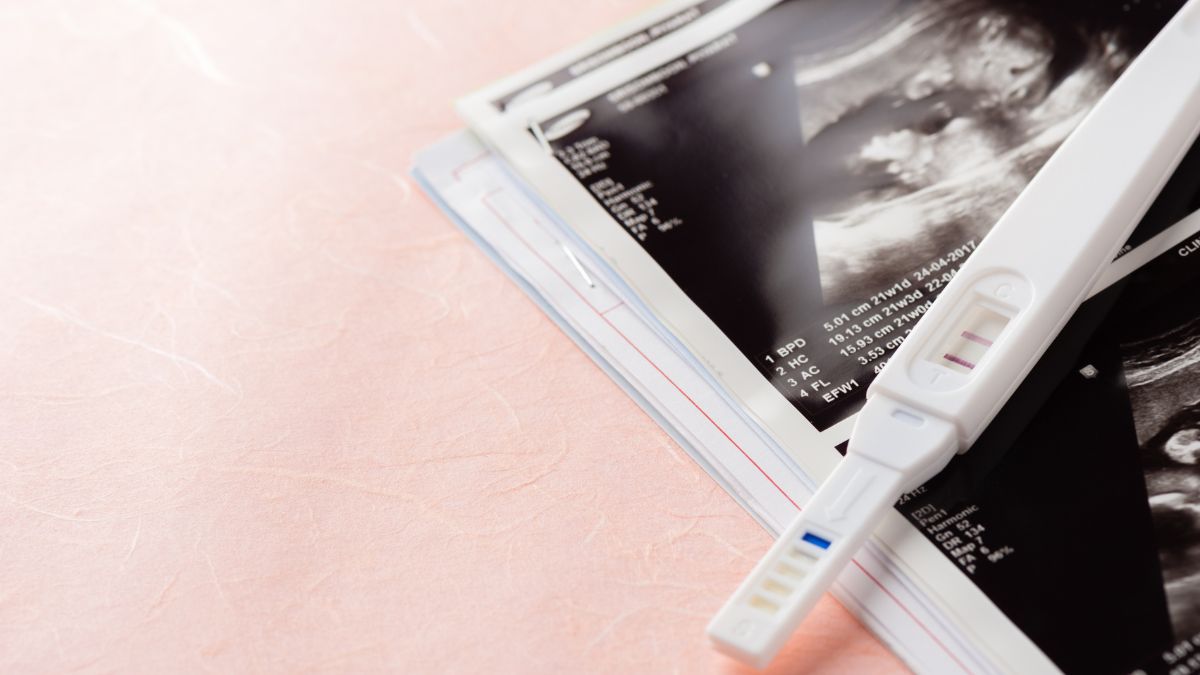
In most cases, the presence of a dye stealer is considered a positive and promising indication. When we refer to a dye stealer, we are describing a situation in which the test line appears darker or more prominent than the control line on the pregnancy test strip.
This phenomenon is often interpreted as a strong presence of human chorionic gonadotropin (hCG) in the body. HCG is a hormone produced during pregnancy, and its detection is a crucial factor in confirming a positive pregnancy test result.
When the test line outshines the control line, it suggests not only the presence of hCG but also implies that the hormone is present in substantial amounts. Higher levels of hCG are generally associated with a more robust and positive indication of pregnancy. Therefore, a dye stealer is generally considered a favorable sign, providing reassurance to those hoping for a positive result.
>Related post: Can a UTI make a pregnancy test positive?
What does dye stealer mean?
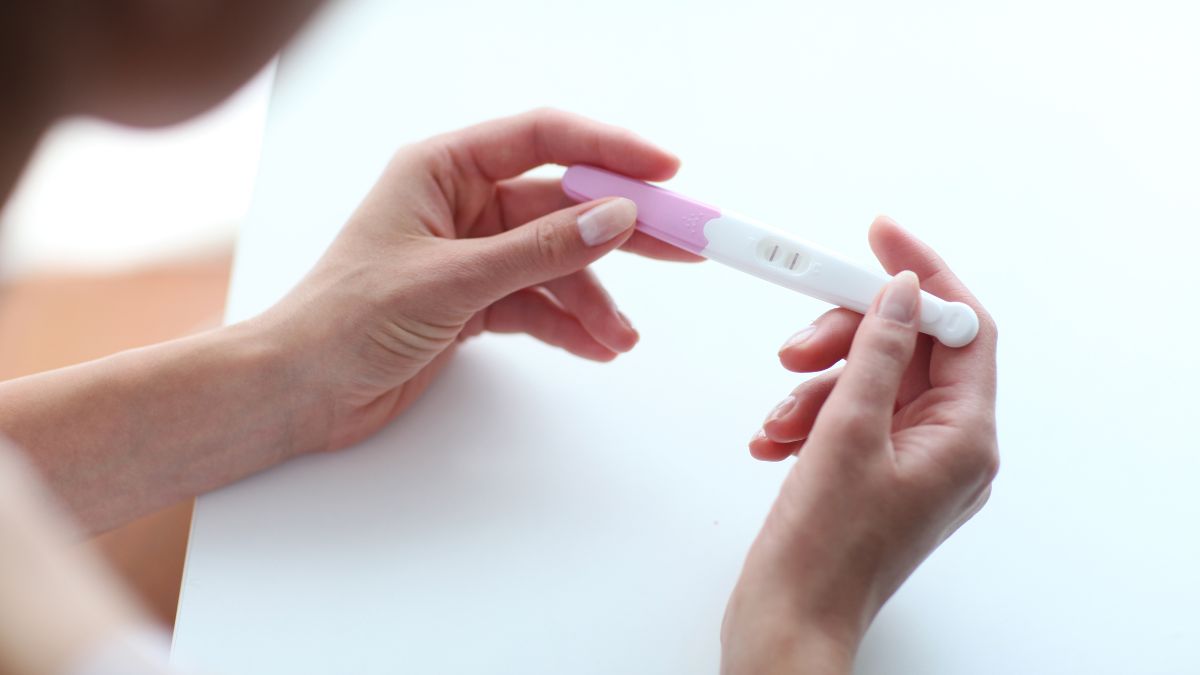
Understanding the concept of a dye stealer in pregnancy tests requires a closer examination of the intricacies involved. The question arises: does the intensity of the test line, appearing darker, equate to a healthier or more advanced stage of pregnancy?
Contrary to common assumption, the darkness of the line on the test strip does not offer a direct correlation with the viability or progression of the pregnancy. Instead, it is linked to the concentration of human chorionic gonadotropin (hCG) present at the moment of the test. This concentration is subject to variation based on a multitude of factors, such as the time of day the test is taken and the amount of fluid consumed beforehand.
Consequently, a darker line doesn’t necessarily indicate a healthier pregnancy but is more reflective of the hCG concentration at the specific time of testing, emphasizing the importance of considering various factors influencing the accuracy of the results.
Is a dye stealer at 5 weeks a good sign?
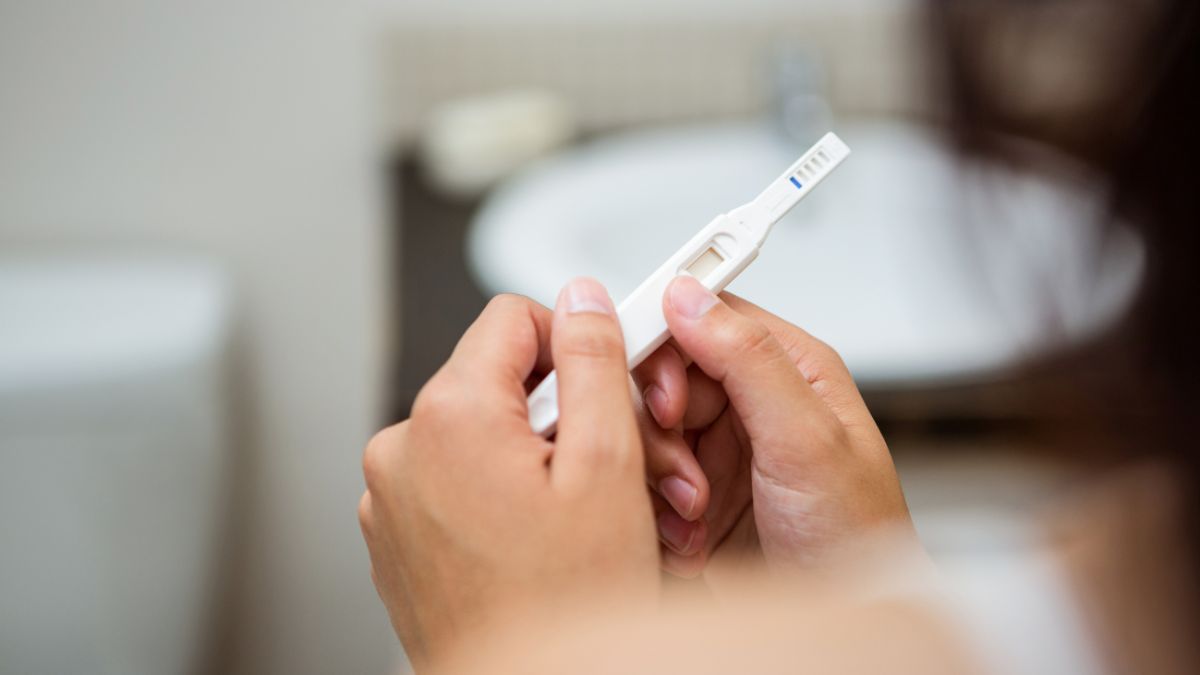
Reveling in the sight of a dye stealer at the early stage of 5 weeks into your pregnancy can be particularly encouraging. Typically, dye stealers, which indicate that the test line is darker than the control line, are more commonly observed in later stages of pregnancy. Therefore, discovering this phenomenon at 5 weeks is akin to stumbling upon a miniature jackpot in the world of pregnancy testing.
This occurrence suggests a positive trajectory for your pregnancy, implying that your human chorionic gonadotropin (hCG) levels are on the rise as anticipated—a reassuring sign of embryonic development. However, it’s crucial to note that while a dye stealer at this stage indicates progressing pregnancy, it doesn’t necessarily guarantee a pregnancy as robust and healthy as the intensity of that test line.
The intricacies of each woman’s physiology contribute to variations in hCG levels, emphasizing the uniqueness of every pregnancy journey. Additionally, the reliability and sensitivity of pregnancy tests can differ significantly between brands, introducing an element of subjectivity to the interpretation of test results.
Therefore, the intensity of the test line, often indicative of hCG levels, may vary based on the specific brand of the pregnancy test used. In essence, while a dye stealer at 5 weeks is a positive signal, the overall health and robustness of the pregnancy extend beyond this particular aspect, reflecting the complexity and individuality inherent in the realm of reproductive health.
What causes a dye stealer pregnancy test?

When a pregnancy test proudly displays a strong positive result with a dye stealer, the phenomenon is intricately linked to the levels of human chorionic gonadotropin (hCG) circulating in your body.
The journey begins when a fertilized egg successfully adheres to the uterine wall, triggering the initiation of hCG production. As your pregnancy progresses, particularly in its early stages, the concentration of hCG undergoes a rapid and substantial increase. The pregnancy test, designed to detect hCG, captures this surge, resulting in a pronounced positive reading.
However, it’s crucial to understand that elevated hCG levels are not exclusively indicative of a normal pregnancy progression; they can also be associated with multiple pregnancies, such as twins or triplets. In rarer instances, heightened hCG levels may signal other conditions, such as a molar pregnancy.
This unusual situation involves the growth of abnormal tissue inside the uterus instead of a typical embryo, rendering the pregnancy nonviable. Symptoms associated with a molar pregnancy may include vaginal bleeding, abnormal vomiting, and swelling in the lower abdomen.
The appearance of a dye stealer line on the pregnancy test could also be attributed to factors beyond a typical pregnancy. These may include a faulty test, the presence of certain fertility medications containing hCG, which can lead to false positives, or the use of an exceptionally sensitive pregnancy test. The intricacies of hCG dynamics and its manifestations on a pregnancy test underscore the complexities and varied outcomes associated with different pregnancy scenarios.
>Related post: Can Azo affect a pregnancy test?
How much hCG for dye stealer?
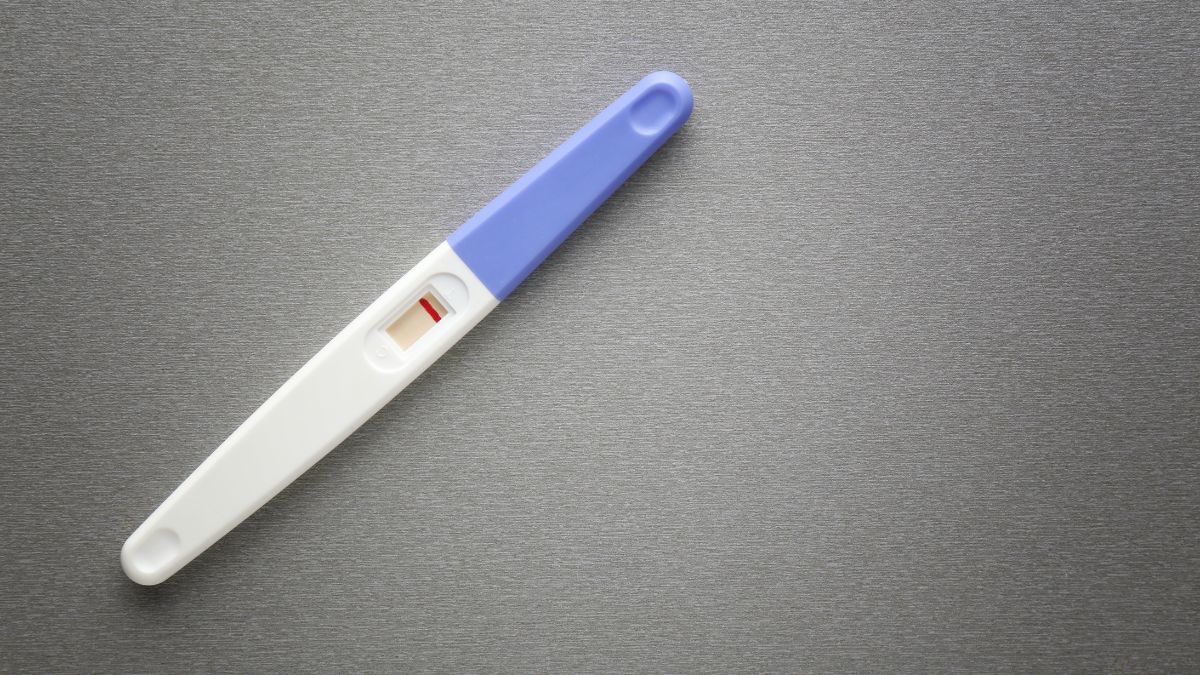
Determining the precise quantity of human chorionic gonadotropin (hCG) required to achieve a dye stealer result is a nuanced endeavor, devoid of a universal, one-size-fits-all answer. Much like inquiring about the ideal amount of sugar to perfect a cup of coffee, the hCG threshold for a dye stealer is a distinctly personal matter.
The numerical landscape is diverse, with women sharing a range of hCG levels that have yielded such outcomes. Some individuals have reported hCG concentrations hovering around 300 to 500, underscoring the individualized nature of this biological marker.
Meanwhile, anecdotal accounts on platforms like Peanut have depicted expectant mothers witnessing hCG levels as elevated as 3800 and, remarkably, 5600, with instances of even higher counts emerging in a matter of days. This wide spectrum reinforces the absence of a magical or predefined numerical value.
The critical factor lies in the discernible elevation of hCG levels beyond the established threshold required for a positive pregnancy test result. In essence, the journey to a dye stealer outcome is marked by the relative abundance of hCG, a marker that varies significantly among women during the early stages of pregnancy.
Does a darker test line mean twins?
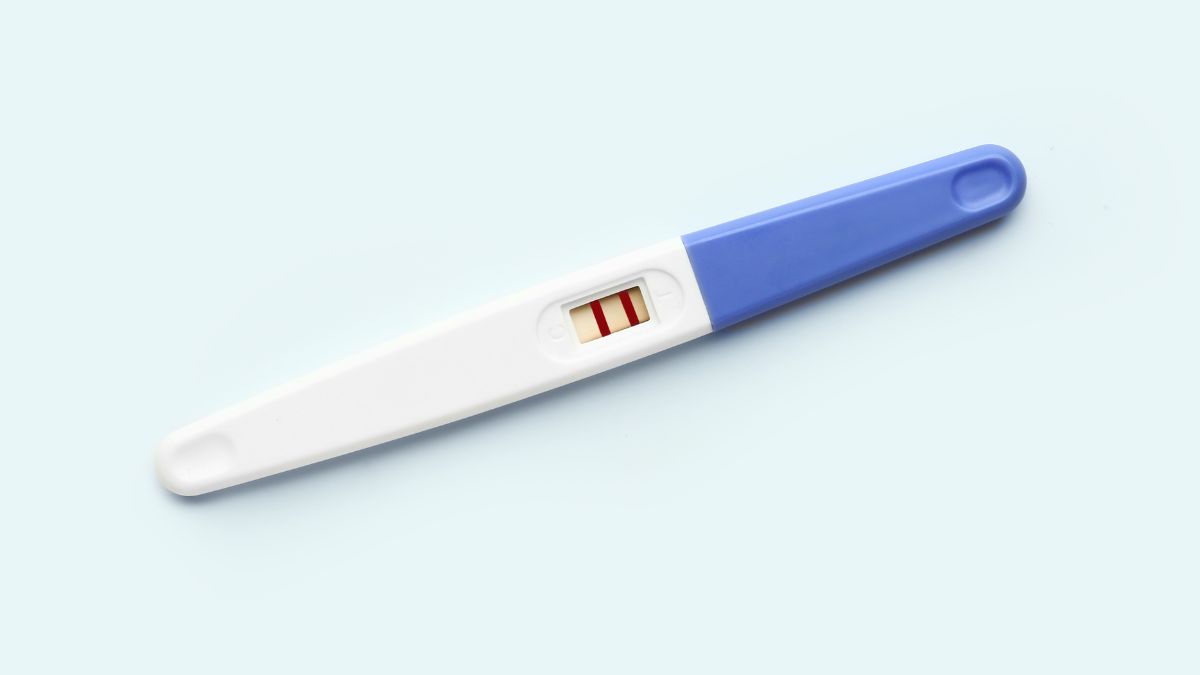
The phenomenon of a darker test line on a pregnancy test possibly indicating twins stems from the higher levels of human chorionic gonadotropin (hCG) associated with multiple pregnancies. In cases of twins or multiples, the placental tissue works overtime, leading to a more substantial production of the hCG hormone than what is typically observed in singleton pregnancies. This hormone, crucial for the maintenance of early pregnancy, is essentially an indicator of the presence of a developing embryo.
Imagine your hormonal system as a dedicated workforce. In the context of a twin pregnancy, it’s akin to having extra employees, with each one contributing to an increased output of hCG. Consequently, during the crucial developmental weeks around the fourth or fifth week of pregnancy, many expectant mothers notice a distinctive darkening of the test line, often referred to as a “dye stealer.”
However, it’s crucial to note that a darker test line is not an absolute confirmation of a twin pregnancy. Singleton pregnancies can also exhibit elevated hCG levels, leading to a pronounced test line. The correlation between hCG levels and the darkness of the test line is not exclusive to twins, and various factors can influence the interpretation of pregnancy test results.
To gain a more comprehensive understanding, it’s advisable to consider additional signs of a potential twin pregnancy. Keep an eye out for indicators such as heightened morning sickness, extreme fatigue, and rapid weight gain, as these can be associated with the increased demands of a multiple pregnancy. While a darker test line may hint at the possibility of twins, a holistic assessment of various symptoms provides a more reliable basis for speculation about the nature of the pregnancy.
>Related post: Effect of cold water bath during pregnancy?
When should I get a dye stealer?
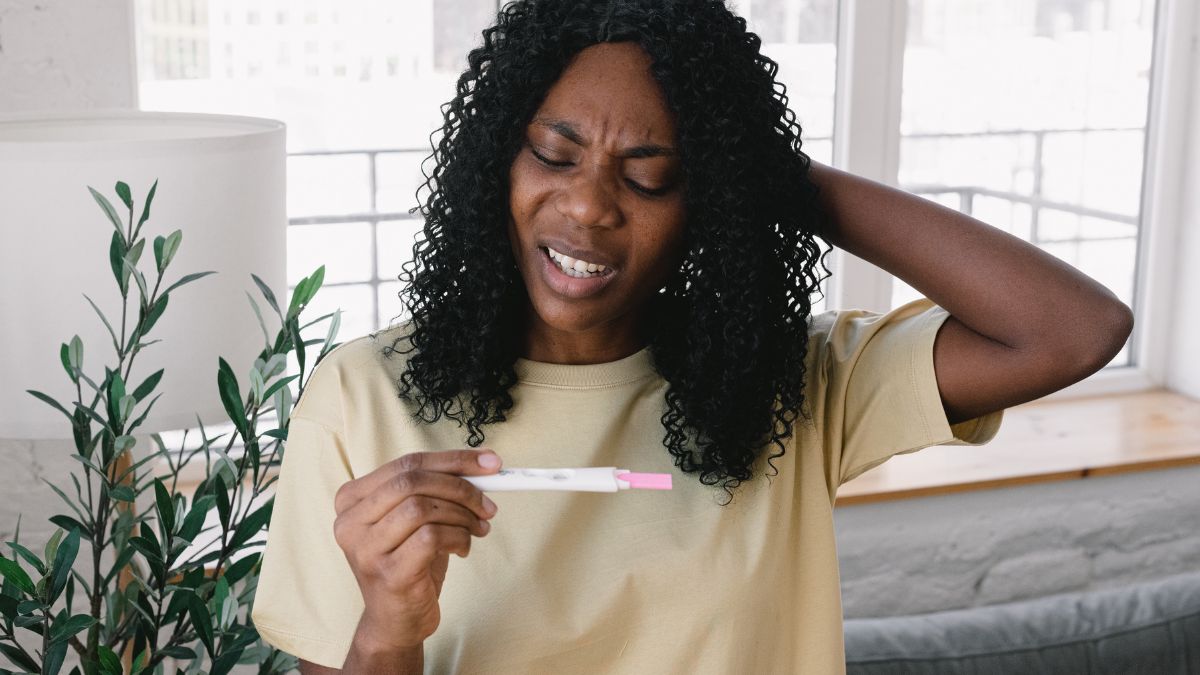
Determining the optimal time to detect a dye stealer during pregnancy involves considering various factors. In general, these distinctive indicators may become noticeable between the fourth and sixth weeks of pregnancy, a period when human chorionic gonadotropin (hCG) levels are at their peak.
However, it’s crucial to recognize the inherent variability in pregnancy timelines, as each woman’s body operates on its unique schedule. Even in the case of a healthy pregnancy, some expectant mothers may never observe a dye stealer on their tests. The timing of when a dye stealer appears is influenced by the individual’s hCG production patterns, and the sensitivity of the pregnancy test itself is a significant variable. Different tests possess distinct sensitivities, impacting when the dye stealer becomes discernible.
If it doesn’t manifest, there’s no need for undue concern, as the most reliable method for gauging the progress and well-being of your pregnancy involves routine check-ups with your healthcare provider. These regular appointments provide a comprehensive understanding of your pregnancy’s development and ensure appropriate medical guidance throughout the journey.
How dark should a pregnancy test line be at 4 weeks?

At the 4-week mark of your pregnancy journey, a pivotal stage is unfolding in terms of human chorionic gonadotropin (hCG) levels, and the appearance of the pregnancy test line becomes a nuanced indicator. The experience can be quite diverse among individuals; some may witness a robust, confident line that hints at the potential for a dye-stealer effect, a phenomenon where the test line is so prominent that it absorbs almost all the dye from the control line. Conversely, others might encounter a more subdued, modest line.
It’s crucial to understand that the darkness of the pregnancy test line at 4 weeks is far from a one-size-fits-all standard. It’s akin to inquiring about the ideal height of a 4-year-old child – there exists a wide spectrum of what is considered ‘normal.’ This variation is influenced by several factors, foremost among them being the concentration of hCG in your urine during the testing period. This concentration is subject to fluctuations based on factors such as fluid intake and the time of day.
Additionally, the sensitivity of the pregnancy test itself plays a pivotal role. Some tests are designed to detect lower levels of hCG, contributing to potentially more distinct lines. Moreover, individual differences in hCG production among pregnant individuals can further contribute to the diversity in test line appearance.
Importantly, interpreting the test result requires a nuanced perspective. A faint test line doesn’t necessarily indicate a cause for concern, just as a darker line doesn’t guarantee flawless progression in your pregnancy journey. Instead, it serves as a snapshot, capturing the specific level of hCG at that particular moment. It underscores the dynamic nature of early pregnancy, reminding individuals that variations in hCG levels are part of the normal spectrum during this early phase.
>Related post: Should you shower every day while pregnant?
What is a dye stealer pregnancy test? In conclusion, understanding the implications of a dye stealer pregnancy test is crucial for expectant parents. Armed with knowledge, you can approach this scenario with informed decisions and a sense of empowerment. Trust the guidance provided to navigate this aspect of your pregnancy journey seamlessly.

